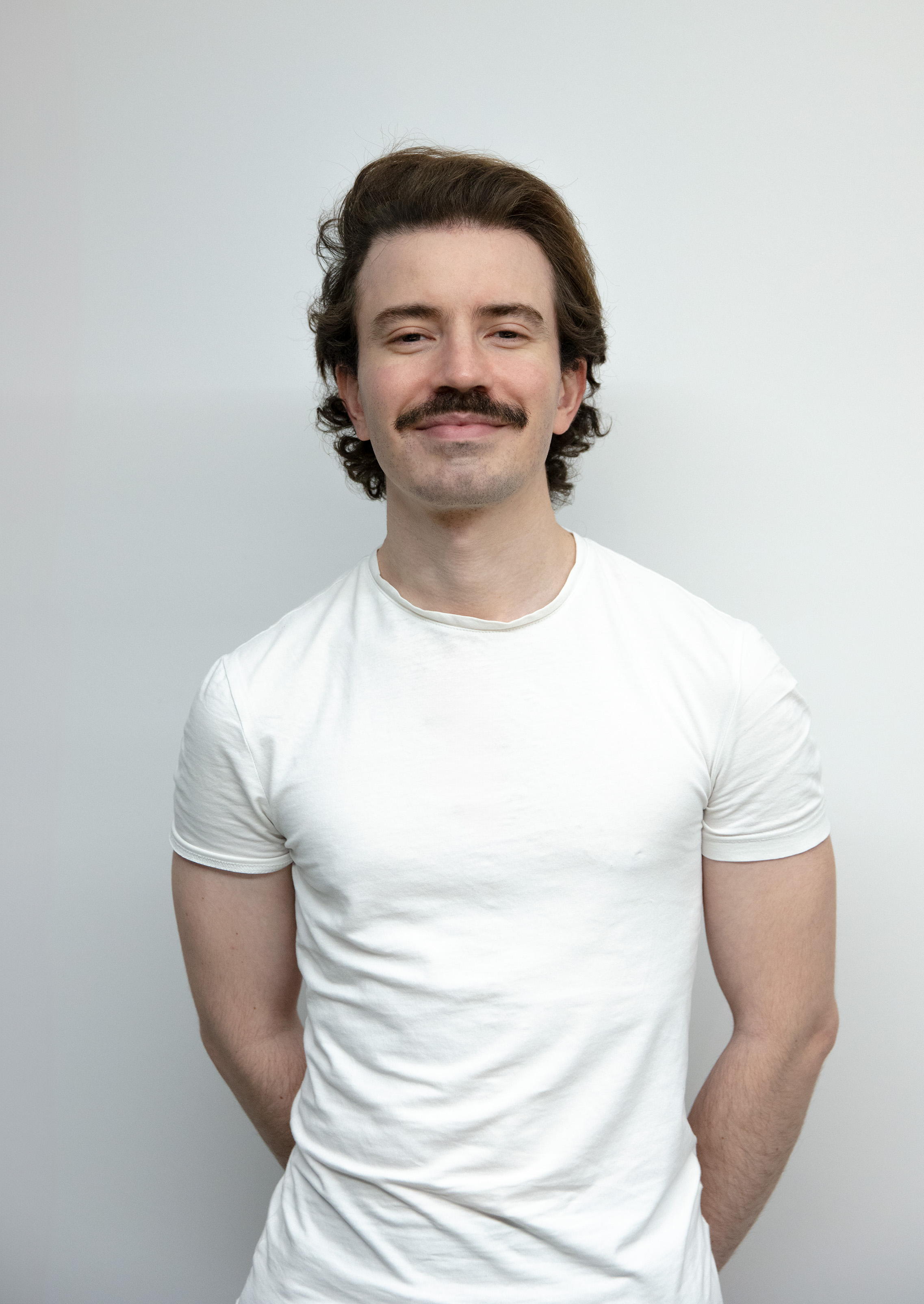What it does
ATOX is a portable antivenom applicator. Nowadays antivenom is a substance difficult to transport, with low availability, low efficiency and only applied at health centres. ATOX seeks to work with ongoing universal antivenom research to correct this.
Your inspiration
Born and raised in Costa Rica, I have been able to observe how some groups of our society prefer to live remotely deep within natural protected areas, which can also be dangerous. I was also taught that, despite its dangers, nature has to be protected for the sake of the world. The subject of humans wanting to live separately with autonomy, and how we as designers approach this, set the base for my master's thesis, which I complimented with a study on how we could improve emergency services for people in remote areas, finally focusing on a solution for, statistically, one of the biggest human killers in the world: snake venom.
How it works
Venom spreads through blood vessels. The cartridge, through its small and simple electronic needle and piston system, injects the antivenom into these blood vessels. It also detects, through electrodes and time, an average of antivenom in the body and through clearly marked indicators, shows the user if another dose is needed. The container has a mechanical spring-push system that pushes out each cartridge as the user presses it against their body. Since it’s a critical situation, the container is adequately marked with information on how to use. Antivenom today is highly inefficient. There is promising research to develop a universal antivenom against most snakes that would be easier to make, transport and produce, set to be finished in 10 years. Patients would need a smaller dose with fewer dangerous chemical components nor special cooling or storage. Atox looks to work together with this research to come up with an available solution for everyone by then.
Design process
I first set the scene with the sociological background, through interviews and research about people that live autonomously. One problem? Snake bites, one of the biggest human killers in nature, and an ignored issue according to the UN. I asked myself: what can designers do to help? What research is going on? How can universal antivenom help? This led me to look for technical requirements: how does venom work? Which parts of the body are involved? What are the parameters (quantity, temperature, pressure, etc.) involved in current antivenom and what will they be in the aforementioned new universal antivenom? How is situational awareness, biomechanics and other ergonomics considered and applied here? This was used to consider shape, colour, size, typography for information needed on each component of the concept. Through experimentation with potential users, I was then able to test the use of the product with the help of low fidelity 3D printed prototypes. In addition, I could test information design elements such as colour, typography and graphics through the use of printed prototypes and analyse how people would understand the information while keeping the product as simple as possible. Finally, a high fidelity non-functional prototype was made for consequent testing.
How it is different
There is no such product on the market. The closest product being manufactured is the EPI-Pen, also a personal portable medical solution, but it has a very different and specific application and can only be used once, with each unit being very expensive. This product would help people who live in areas where medical help is difficult to reach. If a person was bitten, they have to be rushed to a clinic that has antivenom, have a dose injected and wait for hours for more doses. By then, a part of the tissue might be damaged already, and they might have to wait for vials of antivenom. And, in the case of people who live remotely, it takes a long time to reach a clinic. A personal product like this, powered by universal antivenom that requires no cooling and a smaller dose, would alleviate many of these problems. Through its information design, it would help people understand how to use the product without confusion.
Future plans
My ultimate goal is to produce a fully functioning product to be tested using any other liquid, while we wait for a universal antivenom to be released. I'd like to simplify the idea further, by making the information simpler, clearer and with the least amount of text possible. Moreover, I'd like to look for ways to improve the product by making it less costly, less complex and less dependent on electronics. Since it's aimed toward a demographic in need, I'd have to plan its low-cost distribution and manufacture strategy. Finally, I would also like to expand its use to other medications, such as adrenaline, that need urgent application.
Awards
The thesis project, both the sociological issue and the product design parts, were awarded a 1,0 (top grade in Germany).



Connect